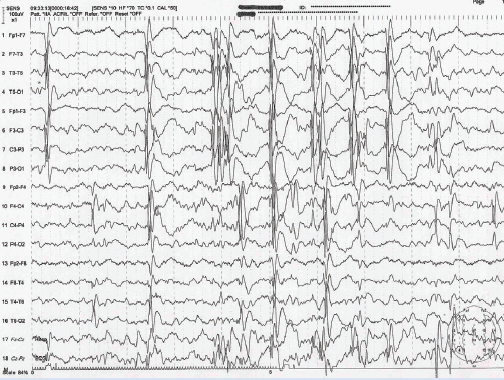


This could be helpful for those subtle seizures that are less detectable by visual inspection. For those patients where it's not possible or practical to monitor all the time, it is helpful to ask and talk to your physician about EEG monitoring with video ongoing. For the absence seizures, which are subtle staring, this depends on your observation of how often this is happening to your child. However, we do have to worry about prolonged seizures that are greater than five minutes or multiple seizures, generalized tonic-clonic seizures, more than three in an hour, in which case, your doctor may talk to you about a seizure action plan. Those short, brief seizures, although it may feel like a lifetime for parents, they do not cause negative impact on growth and development. Other patients may have generalized tonic-clonic seizures, which last two to three minutes. Depending on the patient, there are absence seizures that are five to six seconds.
#Eeg normal vs epilepsy how to
It includes information about what type of seizure, what your child's seizure looks like, and if there is any anti-seizure medication that should be used while the seizure is happening to shorten the seizures or how to contact the family should prolonged seizures happen. Then there are, in some children, genetic causes, neurometabolic causes or auto-immune causes that can be looked at.Ī seizure action plan is a roadmap for nurses and teachers at school to help your child should a seizure happen at school. MRI of the brain to look for structural abnormality, EEG to look at characteristics of the brainwave activity so the physician can categorize which type or types of seizure the patient has. There are underlying causes that need to be evaluated. It's a symptom that describes brainwave abnormalities.


 0 kommentar(er)
0 kommentar(er)
